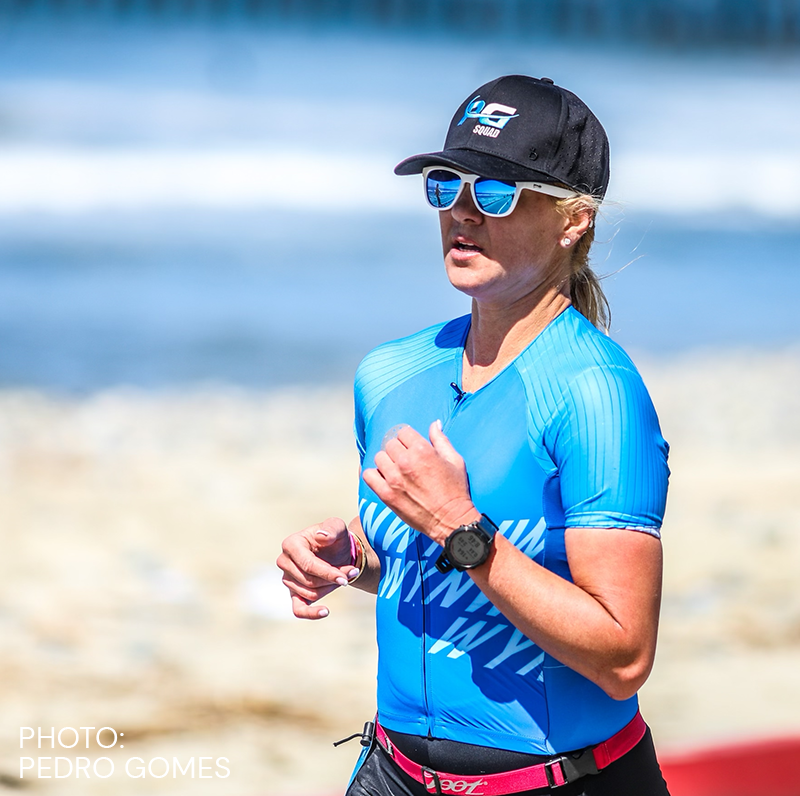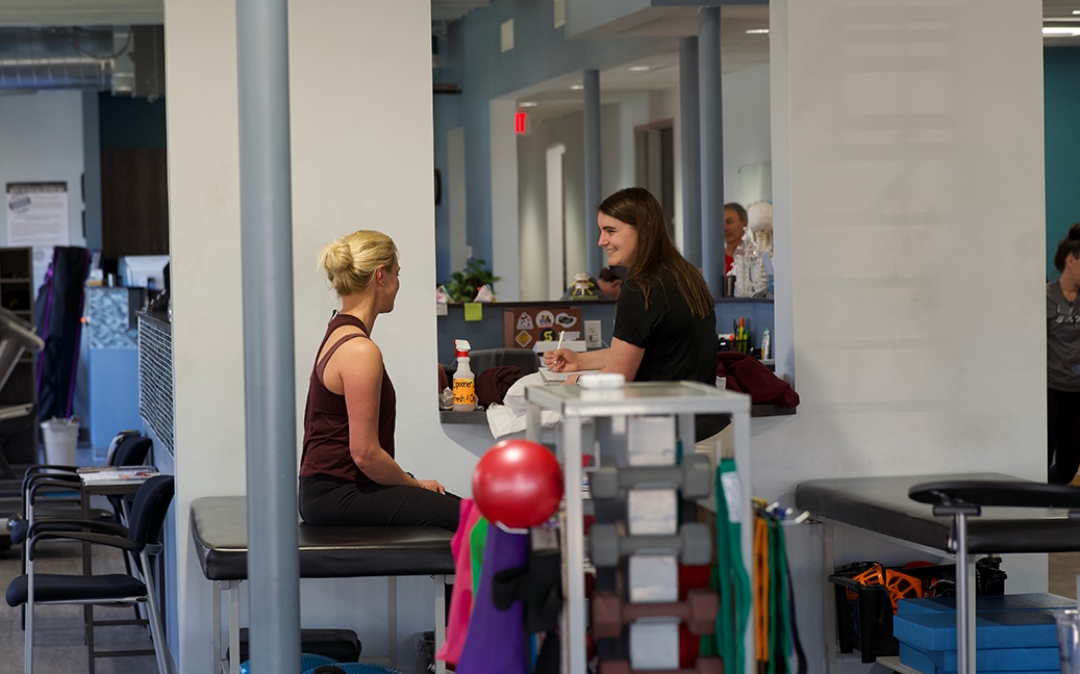By: Alix Ungaretti, PT, DPT, CSCS
Training for any triathlon, regardless of distance or experience, requires significant planning. Most people can’t- and all shouldn’t- just wake up and sign up for a triathlon without training or a training plan. In order to swim, bike, and run with endurance, as well as transition from event to event, there needs to be a plan in place. To perform your best in your race, and to reduce the risk of injury, periodization is paramount.
How to Begin: The Base Phase
Something to understand when training for a triathlon is that it is not the same as training for a basketball tournament or a football game. You have to start by “training to train”. What does that mean? You have to learn about your body and the stresses it handles.
Some of these stressors include mechanical stress, metabolic stress, and neural stress.
Mechanical stress is stress placed on structures of the body, such as the bones, ligaments, tendons, etc. You may feel this through muscle soreness or tightness. Taking extra time to stretch or foam roll out specific areas of tightness can be helpful to relieve this type of stress.
Metabolic stress is placed upon the energy systems we use, such as the aerobic and anaerobic systems. There may be significant changes in your blood pressure or heart rate if you experience metabolic stress. Practices like cold plunging, heat therapy, or breathing techniques can be beneficial.
Neural stress relies on the nervous system – is it upregulated (meaning hyped up, fired up, warmed up), or downregulated (slow to start, in a relaxed phase)? This may present through feelings of fatigue or anxiety, which can be addressed through breathing techniques, meditation, or other stress relieving techniques.
There are 2 approaches to beginning the base phase.
The first approach is generally not favored. It emphasizes high-intensity training to increase your ability to consume oxygen for energy production, or VO2 max. It is also used to increase what pace or intensity of exercise you can maintain for longer durations, or your lactate threshold. This approach would be considered more ideal if you are an experienced triathlete and if pace and power are limiting your success.
One potential concern with this approach is the risk of overuse injury, or burnout, as it is difficult to maintain high intensity training over longer periods of time. Signs of burnout or overtraining include elevated heart rate at rest, excessive fatigue, and lack of motivation. This approach also results in early peaking and takes away from development of technique.
Additionally, there is little improvement that can be achieved in specifically focusing on VO2 max, and the lasting benefits are brief- only sustaining for 8-10 weeks. With this in mind, the best time to use this approach is for a sprint triathlon, as the overall training period would be shorter than for longer distances, like Olympic or half-Ironman.
The second, more optimal approach, is aerobic training. The primary focus is on developing technique and strength specific to each leg of the sport with an initial focus on the athlete’s weakest segment of the triathlon. This involves longer workouts with decreased intensity, and a focus on making sure your swim, running, and cycling techniques are optimized. This is a great opportunity to have your bike fitted for optimal performance and safety.
Triathlon Periodization
Triathlon training can be broken down into 7 phases: base phase, pre-competition phase, competition phase, peak phase, taper phase, recovery phase, and the transition or foundation phase.
The base phase of training can last anywhere from 6 to over 20 weeks. This can all depend on which distance you anticipate on racing. The base phase, as explored above, can focus on the development of skill, technique, absolute strength, and sport-specific strength.
Learn more about strength training for triathlons at “Preventing Overuse Injuries: Triathlons”

The pre-competition phase, or build phase, typically occurs in the spring according to the triathlete season, and can last 4-10 weeks. During this phase, the focus shifts to improving all 3 legs of the race. Intensity is added here, either through interval, high intensity, or tempo training, to improve anerobic endurance for your upcoming race.
The competition phase occurs in the summer, lasting anywhere from 8-14 weeks. This phase can be broken up into three separate phases- peak, taper, and recovery- that are repeated for each race. If you are a beginner, unless you are looking to complete more than one race, you would only go through this phase once.
- The peak phase lasts 2-3 weeks, in which training load increases and recovery becomes a priority. VO2 max and lactate threshold should be close to their highest at this point.
- The taper phase lasts 1-3 weeks, which occurs prior to higher-priority races. Taper phase does not necessarily mean stopping training, or decreasing the intensity, but rather maintaining training intensity, with decreased workout length and time, as well as decreased frequency.
- The recovery phase lasts 1-3 weeks following the end of the triathlon season, where the intensity of workouts is decreased, as is the duration of the workouts. During this phase, it’s important to keep working out and to keep moving to permit safe recovery of the cardiovascular system and musculoskeletal system.
The last phase is the transition or foundation phases. The foundation phase is for beginners and athletes new to triathlons. This phase typically occurs in the fall, and lasts about 6-12 weeks. During this phase, workouts are at a low-to-moderate intensity. The transition phase is for seasoned athletes, and is a great time to introduce cross-training and incorporate other fun sports and activities that are not necessarily sport-specific. It’s also a great time to shift to a 1-sport focus, such as participating in an open-water swim, marathon, or cycling race.
Physical Therapy for Triathlon Training
During the base phase of training, physical therapists can help identify faulty movement patters or insufficiencies that can help boost your performance and prevent injury. Physical therapists have an understanding in exercise prescription for enhancing strength, endurance, and power, all of which are needed! This phase is particularly important for capturing any movement deficits or inefficiencies to enhance performance and to prevent injury down the road.
When working with a physical therapist, the goal of the physical therapist should not be to pull you out of the sport or keep you from participating in it, even in the presence of an injury. Our goal is to see what can be done to keep you in the sport. This could mean offering alternatives for cardiovascular endurance, or changing the amount of time spent doing certain types of training. Physical therapy is a good compliment to training, as we can help to ensure proper mechanics and form is a priority, while enhancing performance and safety.
Schedule an appointment with a Spooner therapist today!

